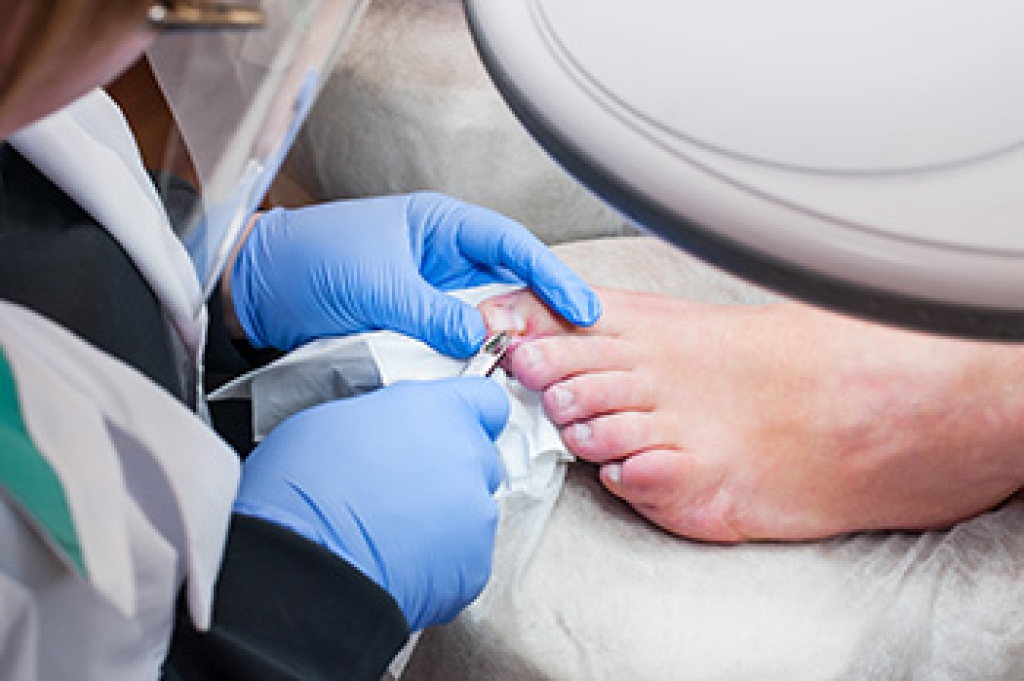
Mid-foot pain can occur at any age, but its causes often change as people move through life. Children may feel soreness from growth-related issues, and teens or young adults may develop pain from sports, jumping, or repetitive impact. Adults frequently notice mid-foot discomfort from overuse or shoes that do not support the arch well. As people get older, gradual weakening of the structures that support the arch can make this area more sensitive. Some injuries in this region, including stress to the navicular bone along the inner mid-foot and damage to the Lisfranc ligament that stabilizes the center of the arch, can become serious if they are missed or treated too late. If mid-foot pain appears suddenly or worsens over time, it is suggested that you see a podiatrist for effective relief and treatment solutions.
Foot Pain
Foot pain can be extremely painful and debilitating. If you have a foot pain, consult with one of our podiatrists from Podiatry Services . Our doctors will assess your condition and provide you with quality foot and ankle treatment.
Causes
Foot pain is a very broad condition that could be caused by one or more ailments. The most common include:
- Bunions
- Hammertoes
- Plantar Fasciitis
- Bone Spurs
- Corns
- Tarsal Tunnel Syndrome
- Ingrown Toenails
- Arthritis (such as Gout, Rheumatoid, and Osteoarthritis)
- Flat Feet
- Injury (from stress fractures, broken toe, foot, ankle, Achilles tendon ruptures, and sprains)
- And more
Diagnosis
To figure out the cause of foot pain, podiatrists utilize several different methods. This can range from simple visual inspections and sensation tests to X-rays and MRI scans. Prior medical history, family medical history, and any recent physical traumatic events will all be taken into consideration for a proper diagnosis.
Treatment
Treatment depends upon the cause of the foot pain. Whether it is resting, staying off the foot, or having surgery; podiatrists have a number of treatment options available for foot pain.
If you have any questions, please feel free to contact our office located in Murrieta, CA . We offer the newest diagnostic and treatment technologies for all your foot care needs.




